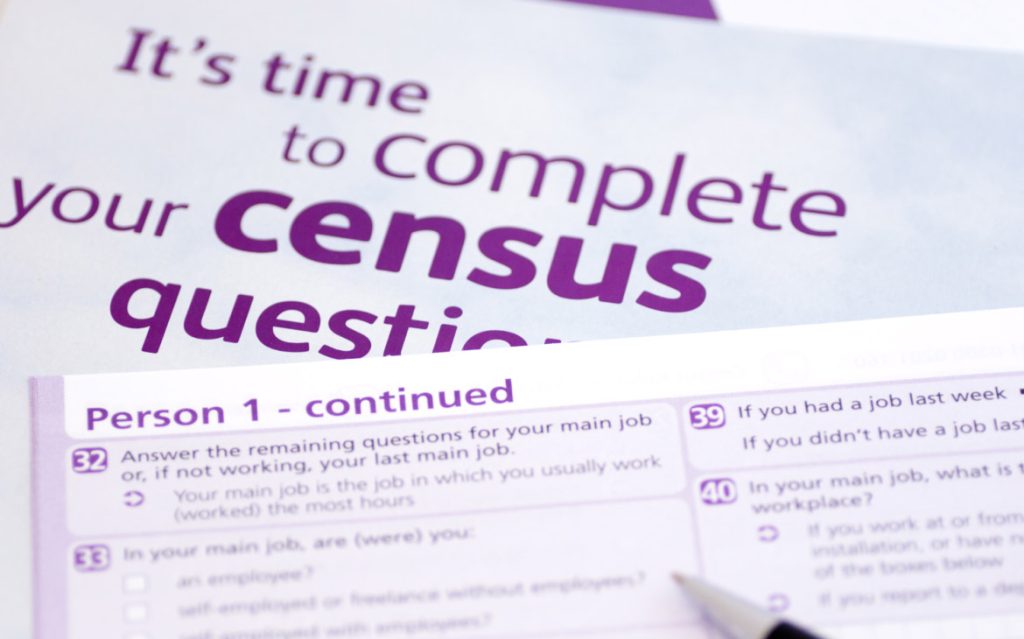We are three demographers who have been providing local school district demographic data for decades. We take this opportunity to explain why small area data from the Decennial Census (specifically data for census blocks) are so important for our work. We have worked with dozens of school districts in every part of the country, and we draw on those experiences to provide a perspective on why the accuracy of the 2020 Census block-level data are so important for schools and children.
Demographic analysis is important for school districts to gain a clear understanding of what is occurring within their area. In order to know what will happen to school enrollment, we must first know what will happen to the entire population, because age structure and migration dynamics are the primary drivers of population/enrollment change. As part of our process, we forecast the entire population by 5-year age cohorts, and the results of these findings drive accurate school enrollment forecasts.
In the process of creating these forecasts, we have to make assumptions about the future trends of determinants of population change, including fertility rates, housing composition, family structure changes and residents’ behavior during the course of the population forecast. Interplay between these factors and changing housing patterns, economic and social history of the area, is the starting point for our analyses. Within districts, each attendance area and each region will have a unique combination of these factors, and no two attendance zones will have the exact same characteristics. Since the vast majority of attendance areas have a total population less than 6,000, accurate small area data by age is paramount when producing population forecasts. The purpose of the population forecast is to ascertain the magnitude of all these demographic factors that will ultimately determine enrollment forecasts.
Population forecasts presented in our reports use a Cohort-Component method of forecasting. This method divides the launch-year population into age-sex groups or birth cohorts and accounts for the fertility, mortality, and migration behavior in each cohort, as it passes through projection horizon. Decennial census is the only source of data for this method of projection for small areas such as school attendance zones.
It is important to remember that the accuracy of the population data in 2020 Census is the key factor in the production of population and enrollment forecasts, and without accurate small area data enrollment forecast will be less accurate. For the next ten years, the 2020 Census data will be used as accurate and trustworthy data for the development of these forecasts.
Without solid reliable small area data from the Census, because of the challenge that Differential Privacy provides, the accuracy of small area school system forecasts might be compromised. In addition, since the school attendance boundaries often do not follow established Census geographical units it is not necessarily possible to analyze data from the top down either.
Additionally, reliable data on race and ethnicity of children at the block level is key to not only calculating the demographic trends of these populations but is also critical when attempting to balance attendance area enrollment by race/ethnicity. The calculation of age specific birth rates, student yield factors, and area mortality rates for these groups are also adversely affected, by inaccurate data rendering the forecast results virtually worthless. Inaccurate projections could result in taxpayer money being misspent and children ending up in overcrowded classrooms.
Finally, it is important to understand that school district population and enrollment forecasts would be used by school districts and planners for many years to come. They are used to determine which areas within the district are likely to see surge of new students and which ones will see their school population drop. Consequently, they are used to project, plan, and build new facilities across districts, and accurately redraw catchment boundaries of the schools. Inaccuracies of these data and forecasts have a potential for districts to lose hundreds of millions of dollars in poor planning based on erroneous data. This is in addition to all the other mislocated funding school districts and local communities stand to lose based on inaccurate counts considering population counts in total. Therefore, it is of fundamental importance for differential privacy in Census 2020 to have minimal impact on these small area counts, because inaccuracies will have negative impacts on education and well-being of our children.








